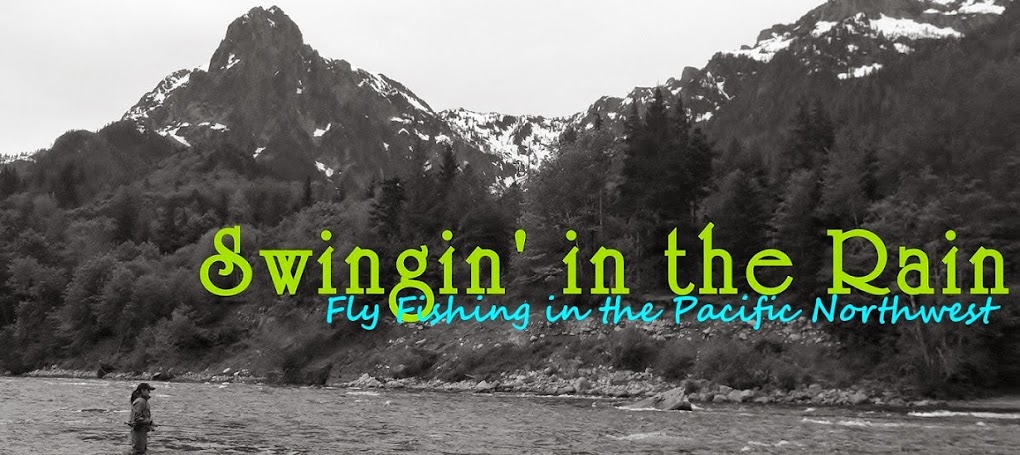
Last year there was a movement that started on the banks of the Skagit River. Hundreds of steelhead obsessed fisherman put on their waders, dusted off the fly rods they weren’t allowed to use, and made signs to speak their voice to reopen the catch and release fishing season on the Skagit River. This is a group of knowledgeable and experienced steelhead anglers who have put in the time and research to get this movement started. The likes of Dec Hogan and Bob Triggs were there last year and ESPN even pulled their little red tug boat up to the launch to cause a scene. It’s happening again. March 29, 2014 9:00 a.m. at Howard Miller Steelhead Park on the banks of the Skagit. Below is an excerpt from Washingtonflyfishing.com forum written by member _WW_ who has been spear heading this movement:
Last April we gathered at Howard Miller Steelhead Park in Rockport to show support for changing the management paradigm for wild Skagit Steelhead. Currently, all of Puget Sound Steelhead are considered by the ESA as one Distinct Population Segment (DPS) and as such are listed by them as threatened to become an endangered species.
The decision can be read here:http://www.gpo.gov/fdsys/pkg/FR-2007-05-11/pdf/E7-9089.pdf
The decision covers all of Puget Sound from the Elwah to the Canadian border, every piece of fresh water between these two points that dumps into the sound is affected by this listing. The health of each individual run is not considered on its own merit, but instead the entire area's steelhead are tainted with the aura of “nearing extinction”. While this may be true of many streams affected by the listing it is not true for all of them – the Skagit in particular continues to return healthy escapement numbers. These numbers can be seen to be fluctuating up and down in what many consider to be it's carrying capacity zone.
Scientists can argue over the numbers, their validity and what they mean but here they are in ten year increments:
1978 – 5,757 (the first year that I can find for WDFW escapement numbers)
1983 - 7,732
1993 - 6,900
2003 - 6,818
2013 – 8,800
The goal of Occupy Skagit is to restore the Catch and Release Steelhead season on the Skagit that used to run for Feb 1 – April 30.
In order for this season to be granted by NOAA and NMFS a basin specific Steelhead Management Plan agreed upon by all parties, WDFW and Tribes, needs to be submitted and approved.
Is it possible?
Yes!
It was done for Chinook (almost instantaneously I might add) and it can certainly be done for Steelhead.
The event last April garnered the notice that it was intended to. Believe it or not, we were actually recognized and discussed in the halls of bureaucracy. The wheel is starting to turn, but it has yet to gather it's own momentum. It needs another push!
There are two events scheduled with the meeting in Olympia being the single most important thing you could attend. Rockport is fun, but the real deal is in Olympia.
Occupy Skagit - March 29th
Howard Miller Steelhead Park in Rockport
Occupy Skagit Commissioners Meeting - April 12th 8:30 am
Natural Resources Building
1111 Washington St SE, Olympia, WA - First Floor, Room 172"
 |
| OCCUPY SKAGIT 2013 photo by Sozinho Imagery |















